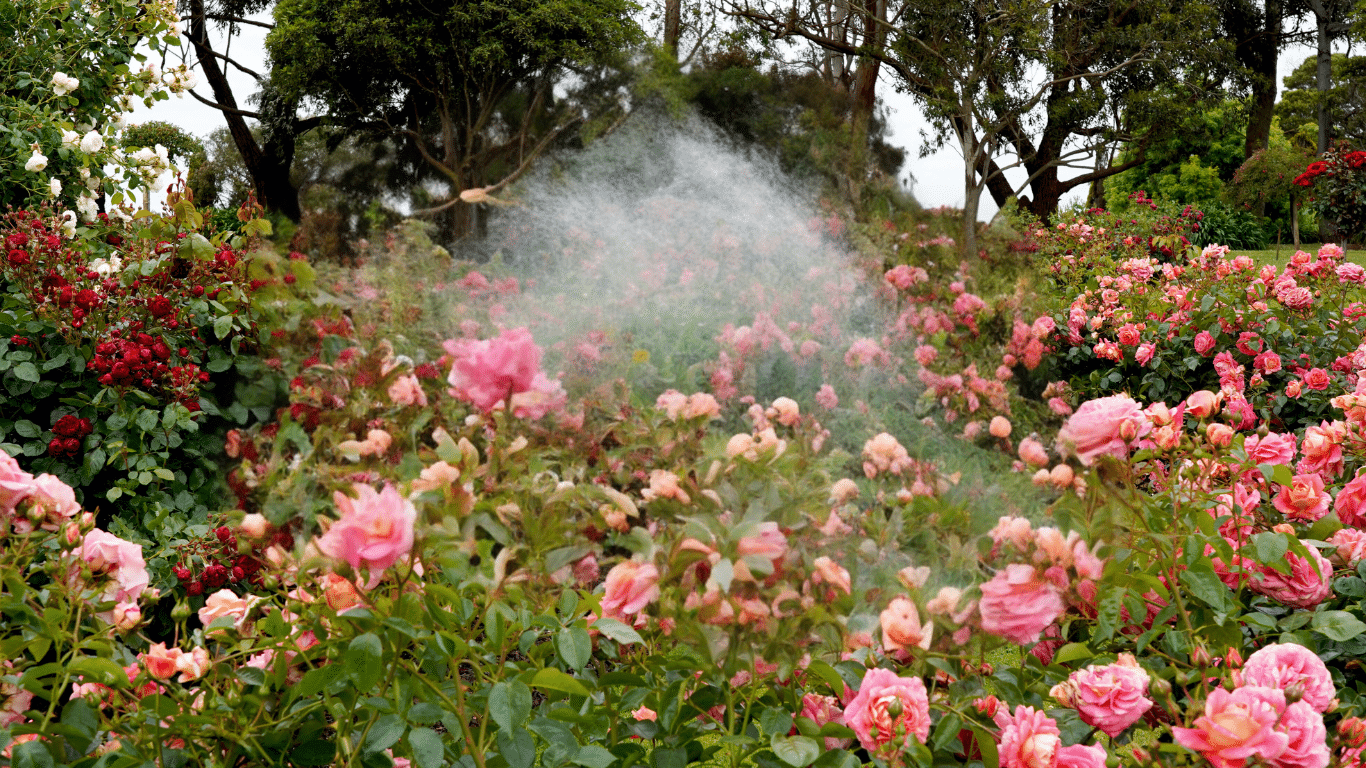
Rock salt, or Halite as it’s scientifically known, is a naturally occurring mineral that has been used for centuries in various ways – from preserving food to de-icing roads. But its lesser-known use as a weed killer might just be the secret weapon your garden needs.
Now don’t get me wrong, using rock salt isn’t going to instantly transform your jungle-like yard into a pristine oasis overnight. However, if used correctly and consistently over time, it can certainly help keep those pesky plants at bay while adding a unique aesthetic touch to your outdoor space!
Understanding the Properties of Rock Salt
Let’s dive right into understanding rock salt and its properties. Commonly known as Halite, rock salt is a mineral form of sodium chloride. It’s often associated with icy roads and cooking but it has other uses too, like weed control.
What makes rock salt so effective? The answer lies in its high sodium content. Sodium is notoriously harmful to plants when present in large quantities because it disrupts their ability to absorb water.
However, there are some caveats you should know about using rock salt for weed control:
- Long-term effects: Rock salt can accumulate in the soil over time which could make your garden inhospitable to future plant growth.
- Water contamination: High levels of sodium can leach into groundwater supplies posing potential environmental concerns.
Given these points, I’d advise using this method sparingly or considering alternatives if preserving soil quality and minimizing environmental impact are priorities for you.
Now that we’ve covered how rock salt affects weeds let’s look at some quick stats on average sodium content found within different types of salts:
| Type | Average Sodium Content (%) |
|---|---|
| Table Salt | 40% |
| Sea Salt | 38% |
| Himalayan Pink Salt | 36% |
| Rocksalt (Halite) | 39% |
As shown above, while all these salts have similar amounts of sodium, they aren’t exactly identical in composition nor effectivity against weeds – a testament to the complexity behind simple table condiments!
How Does Rock Salt Affect Weeds?
Let’s dive right into it. Rock salt, also known as halite, is a mineral composed primarily of sodium chloride (NaCl). It’s the same stuff that we often sprinkle on our driveways in winter to melt ice. But does rock salt kill weeds? The answer is yes, but there’s more to it than just that.
Rock salt has the ability to dehydrate plants and disrupt their internal water balance. When weeds come into contact with large amounts of rock salt, they lose water and eventually wilt and die off. However, using rock salt as a weed killer isn’t necessarily an eco-friendly or safe method.
Why so? Well for starters, high concentrations of sodium can contaminate soil and prevent not only weeds but also desirable plants from growing in treated areas for years after application! Here are some potential effects:
- Damage to soil structure: Sodium ions displace other essential minerals like potassium and magnesium.
- Negative impact on beneficial microorganisms: High levels of salinity can harm microbes necessary for healthy plant growth.
- Contamination risk: Salt runoff can contaminate nearby bodies of water affecting aquatic life.
It’s important then to weigh these potential drawbacks against the benefits when considering using rock salt as a weed control strategy. Remember too that many safer alternatives exist – from pulling out weeds by hand or using organic herbicides like vinegar or corn gluten meal which have fewer negative impacts on your garden ecosystem.
So while yes indeed I can confirm that rock salts do kill off those pesky unwanted guests called ‘weeds’, I’d caution against hasty use without first considering its environmental implications alongside other possible options available out there!
Colin Macmillan is a seasoned entrepreneur and the CEO of Riverwood Landscape, a leading landscaping company based in Canada. He has been at the helm of the company since leaving high school, demonstrating his strong leadership skills and business acumen.
Colin’s expertise lies in various aspects of landscaping, including lawn care, interlocking, sod installation, and commercial maintenance. His hands-on approach and dedication to the craft have been instrumental in building Riverwood Landscape into a reputable brand.
One of his most notable achievements is the creation of a successful landscape franchise that services multiple locations. This accomplishment underscores his strategic thinking and ability to scale operations effectively.
Colin has also had the privilege of working with Guelph Hospital for landscaping and maintenance, a testament to the trust and reliability that his company has earned over the years.
His professional mission is to offer the best services and experiences for customers, a goal that he tirelessly pursues. Colin’s commitment to excellence and customer satisfaction continues to drive the growth and success of Riverwood Landscape.








